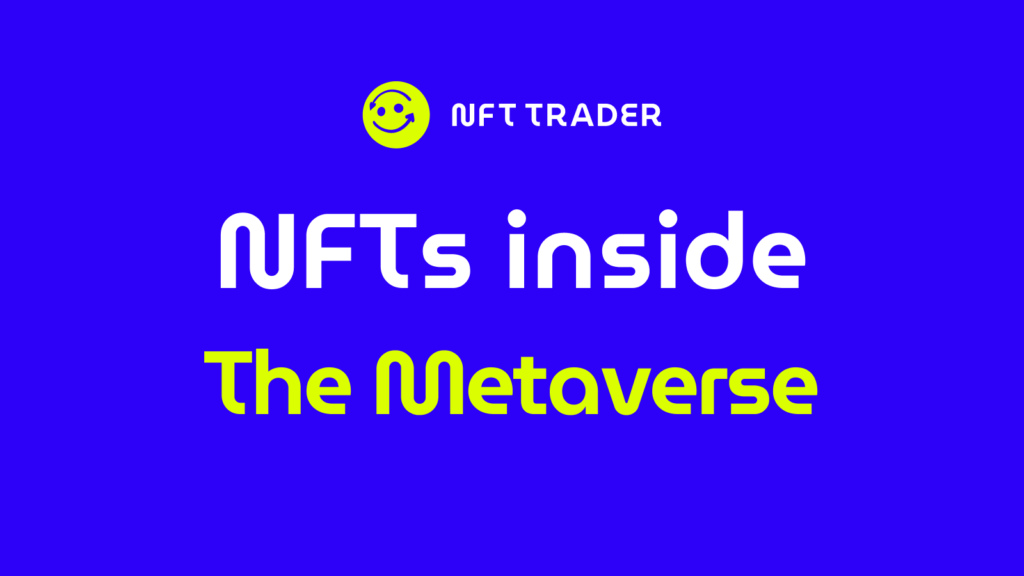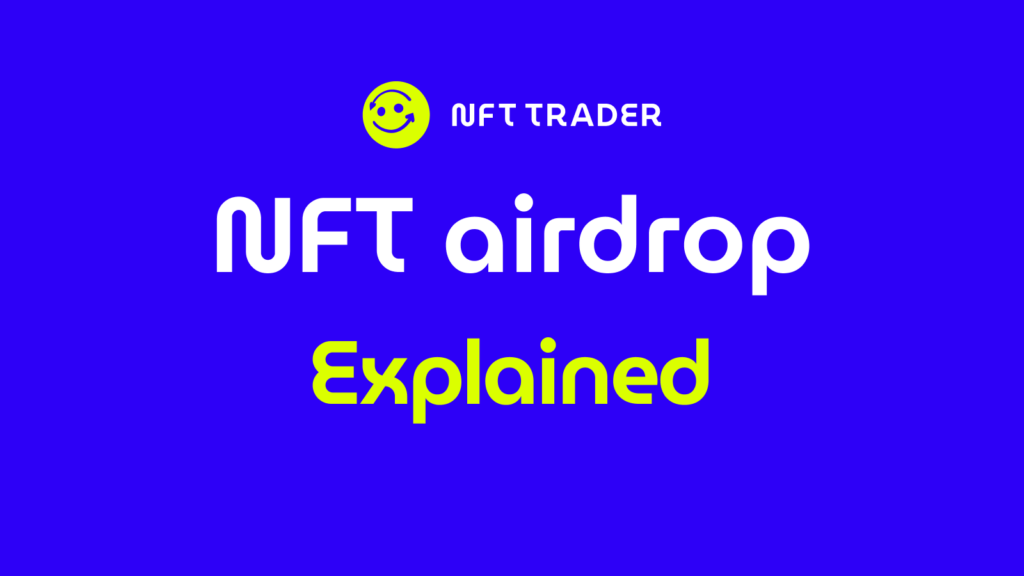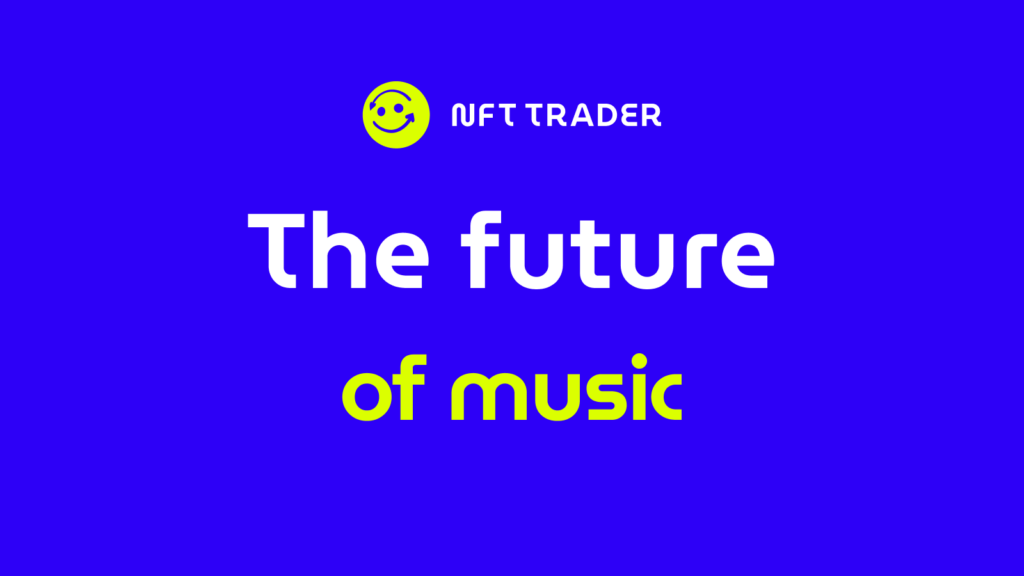The Relationship of Metaverse and NFTs: What You Should Know

Many times, we’ve seen the term NFTs associated with the Metaverse. But why is that? Well, let’s begin with something: many people have watched the movie “Ready Player One,” where characters from diverse worlds converge in a digital realm, immersing humans entirely. The concept of the metaverse envisions that, with the aid of NFTs, it becomes technically feasible to collectively construct such a digital realm with genuine ownership of assets.
Summary:
- NFTs and metaverse: key differences
- NFTs in metaverse: use cases
- Benefits of integrating NFTs in the Metaverse
NFTs and metaverse: key differences
First and foremost, we must distinguish the concept of NFTs from that of the metaverse.
The metaverse should be viewed as a digital, open world accessible to anyone. Within this digital realm, genuine ownership of digital assets takes the form of NFTs, while the currency utilized consists of crypto tokens.
These tokens enable the acquisition of skins, objects, digital land, and any other items usable within the platform.
In the end, the metaverse is essentially a container brimming with NFTs, each with its distinct and purposeful use case. This convergence of unique digital assets forms the backbone of a dynamic and immersive digital universe, redefining how we interact, transact, and create value within this expansive virtual realm.
NFTs in metaverse: use cases
As mentioned in a previous articles, NFTs are poised to play a significant role in the metaverse, emerging as a cornerstone within the entire ecosystem. Within metaverses, NFTs can serve various purposes, including:
- Metaverse Land: Metaverse Lands are one of the most prevalent use cases. Owning a digital land plot provides opportunities for marketing initiatives and potentially hosting digital events ;
- Tickets: These assets can be utilized to claim rewards or gain access to exclusive events within the metaverse. Additionally, they possess an inherent collectible nature ;
- OnChain Assets:These assets have versatile applications and can be employed in various ways. They may take the form of NFT art showcased in a digital museum, serve as containers for storing other NFTs, adorn characters with unique skins or special objects, or simply serve as cherished collectibles. The possibilities are boundless ;
Benefits of integrating NFTs in the Metaverse
Integrating NFTs (Non-Fungible Tokens) into the metaverse offers several notable benefits:
- True Ownership: NFTs establish genuine ownership of digital assets, allowing users to have verifiable and irrefutable proof of ownership.
- Scarcity and Rarity: NFTs can be designed to be unique or limited in quantity, creating scarcity and rarity, which can increase their perceived value.
- Interoperability: NFTs can be used across different metaverses and virtual worlds, providing a seamless experience for users who wish to bring their assets with them.
- Customization and Personalization: Users can customize their virtual spaces, avatars, and experiences using NFTs, allowing for a more personalized and immersive environment.
- Incentives and Rewards: NFTs can serve as incentives for user engagement, loyalty programs, or rewards for achievements within the metaverse.
- Authentication and Provenance: NFTs store information about the origin and history of the asset, ensuring its authenticity and provenance.
- Community Engagement: NFTs can foster a sense of community by allowing users to buy, sell, trade, and showcase their assets, creating a vibrant ecosystem.
- Event Tickets and Access Control: NFTs can be used as tickets or passes for virtual events and experiences, ensuring access control and providing additional value.
- Proven Value Proposition for Businesses: Integrating NFTs can attract users, increase engagement, and potentially drive revenue for businesses operating within the metaverse.
Overall, the integration of NFTs in the metaverse enhances user experiences, enables new economic models, and facilitates the growth and development of virtual ecosystems.



